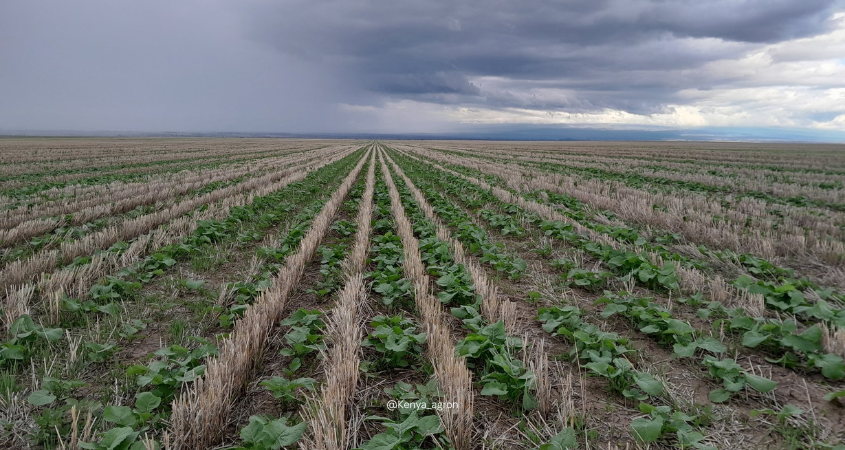
Effective nutrient management is crucial for optimizing crop growth and achieving high yields. It involves understanding the nutrient requirements of crops at different growth stages, maintaining a balance of essential elements in the soil, and employing sustainable practices to enhance nutrient availability. Here are some key insights into nutrient management
Before embarking on nutrient management, soil testing is essential. This process provides valuable information about the current nutrient levels in the soil. Soil tests analyze key elements like nitrogen (N), phosphorus (P), potassium (K), and micronutrients. Understanding these levels allows for precise adjustments in fertilization.
Different nutrients play distinct roles in plant development. Macronutrients, such as N, P, and K, are required in larger quantities. Micronutrients, including zinc (Zn), iron (Fe), and manganese (Mn), are essential in smaller amounts but are equally critical. Nutrient management plans must consider both macronutrients and micronutrients for comprehensive plant health.
Each crop has unique nutrient requirements at various growth stages. For instance, maize, being a nitrogen-demanding crop, needs substantial nitrogen during the vegetative stage. Understanding these crop-specific needs guides the application of fertilizers at the right times and in the right amounts.
Modern agriculture emphasizes sustainability. Nutrient management should align with sustainable practices to minimize environmental impact. Techniques like precision farming, where fertilizers are applied with accuracy, reduce excess use and potential runoff, benefiting both the crop and the environment.
Soil organic matter acts as a reservoir of nutrients. Effective nutrient management involves practices that enhance organic matter content, promoting soil health. Microorganisms, especially beneficial bacteria and fungi, contribute to nutrient availability. Practices like cover cropping and reduced tillage support a thriving microbial community.
Nutrients interact with each other in the soil. For instance, excessive phosphorus can hinder the uptake of micronutrients like iron. A nuanced understanding of these interactions is vital for creating a balanced nutrient management plan that avoids deficiencies or toxicities.
Agricultural technology, such as VRT, enables farmers to apply nutrients precisely where they are needed. By considering variability in soil types within a field, VRT optimizes nutrient distribution. This technology enhances efficiency and minimizes wastage.
Nutrient management is not a one-time task; it’s an ongoing process. Regular monitoring, through soil and leaf testing, helps assess the effectiveness of the nutrient management plan. Adjustments can then be made based on the specific needs of the crops.
In conclusion, effective nutrient management is a dynamic and science-driven process. It integrates soil testing, knowledge of crop nutrient requirements, sustainable practices, and modern technology to ensure optimal nutrient availability for crops while promoting long-term soil health.
savesoil #soilhealth #soilscience
Order our services and get to know how to improve your soil for better yeilds.